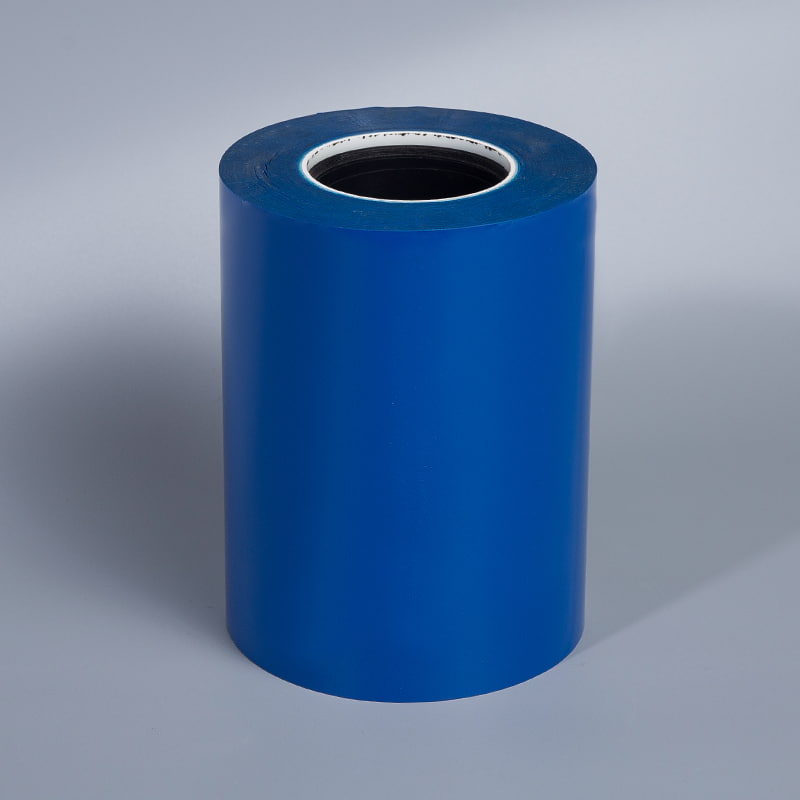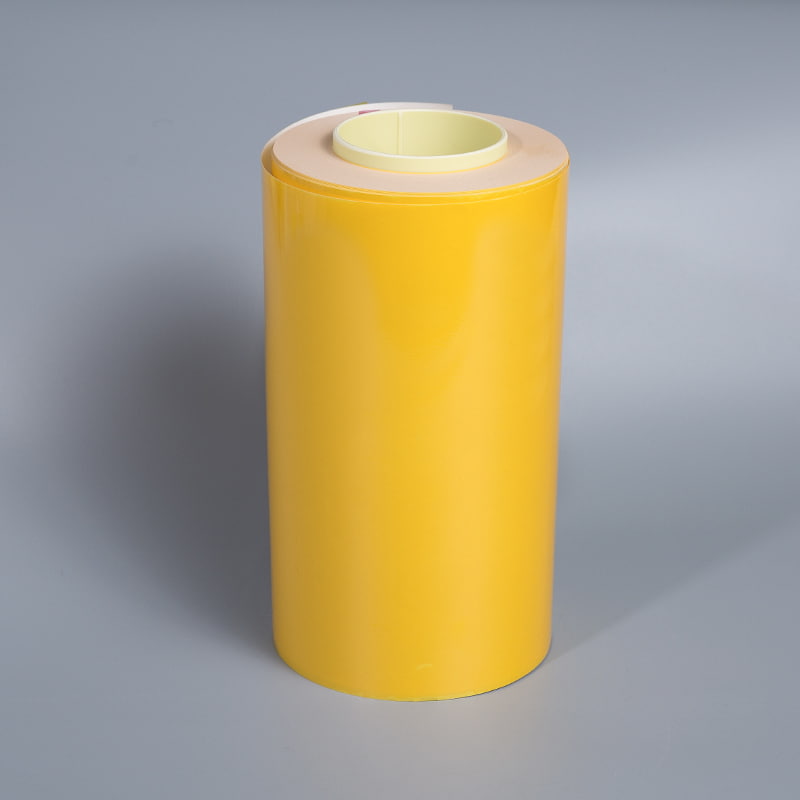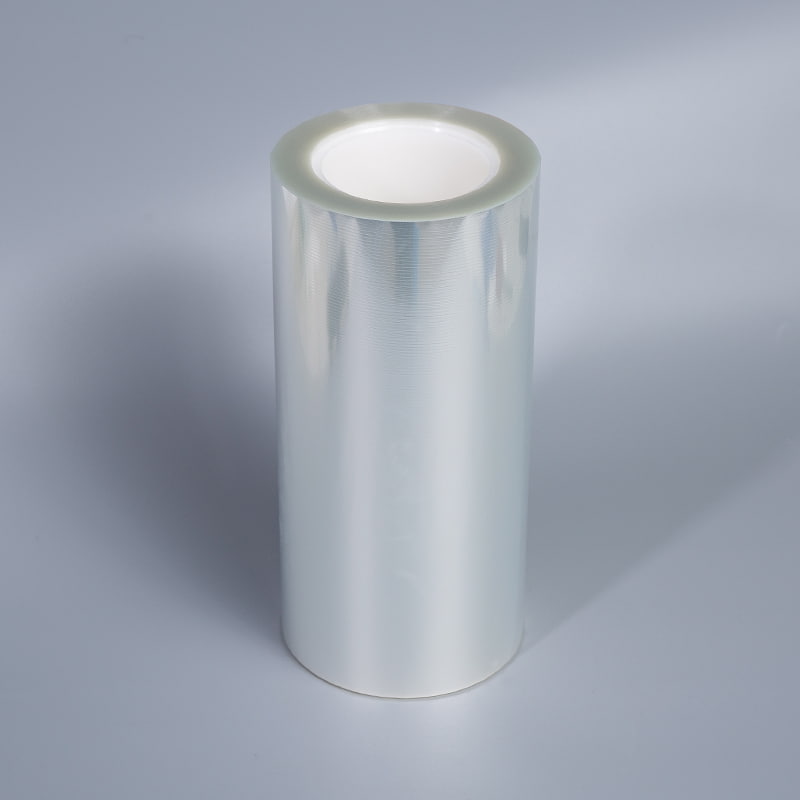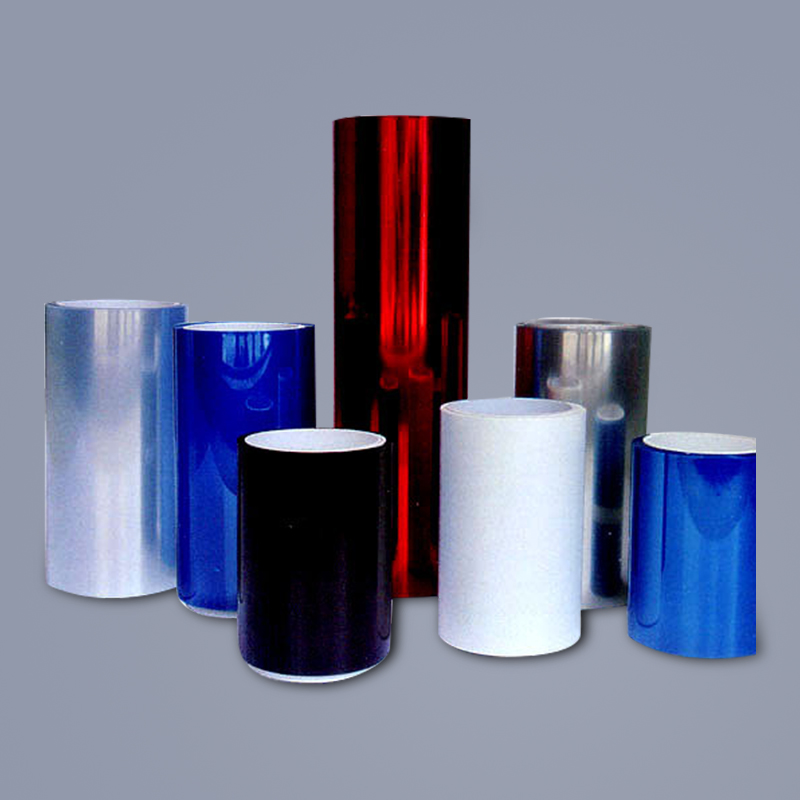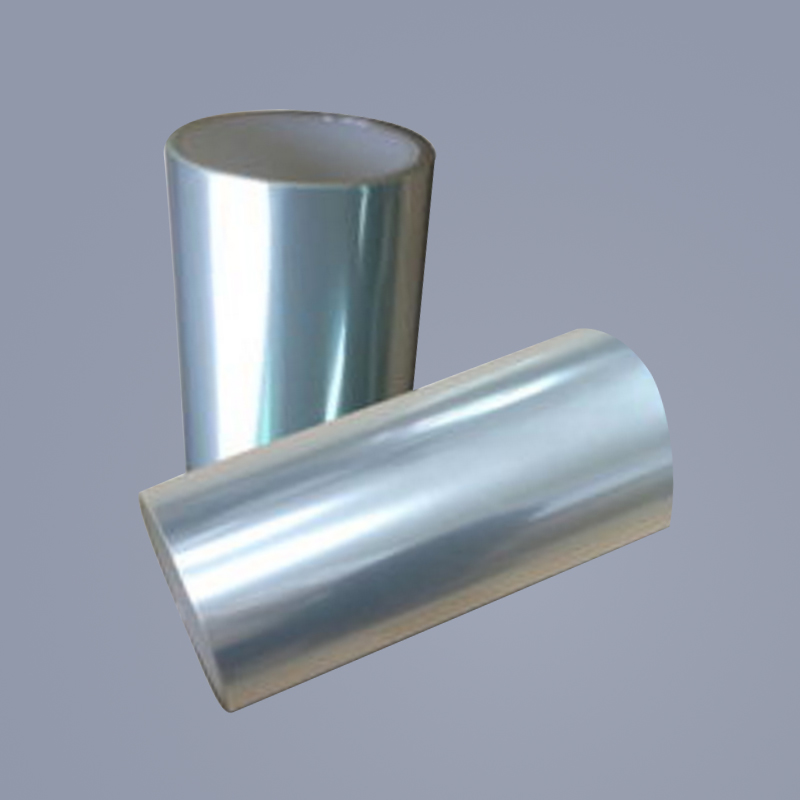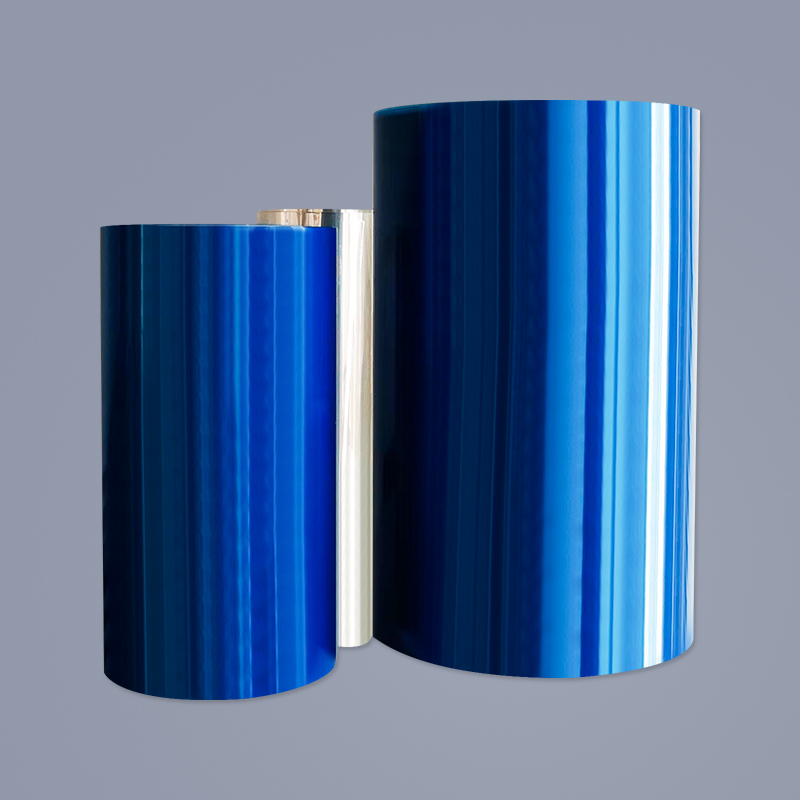Non-silicon release film is a thin film material that does not use silicon compounds (such as silicone oil or silicone resin) as a surface treatment. Compared with silicon release film, non-silicon release film uses different chemicals to achieve the "release effect", allowing it to be easily separated without causing adhesion or residue when it contacts sticky materials.
Main application areas
Adhesive industry: Non-silicon release film is widely used in the production of adhesives, labels and stickers. When the adhesive or tape needs to move between different surfaces, the release film plays a protective role to prevent the adhesive from prematurely adhering or being damaged.
Medical industry: In the medical field, non-silicon release film is used to produce products such as band-aids, dressings, and breathable films. Since silicon release film may have adverse reactions to the skin, non-silicon release film is widely used as a non-toxic, hypoallergenic alternative.
Photovoltaic industry: In the production of solar panels, non-silicon release film is used to protect the surface of solar modules to prevent adhesion during manufacturing or transportation.
Food packaging industry: In food packaging, non-silicone release film can be used as an anti-adhesive film to prevent food packaging from adhering to tapes, labels or other sticky materials, ensuring the smooth progress of the packaging process.
Advantages of non-silicone release film
Environmental protection: Non-silicone release film usually uses more environmentally friendly materials, reducing the burden on the environment. This makes it an increasingly popular choice in the context of increasingly stringent environmental regulations.
Reduce allergic reactions: Compared with silicone release film, non-silicone release film usually does not contain chemical components that may cause allergic reactions, especially when used in medical products, it is safer.
Customization: The surface of non-silicone release film can be customized according to different needs, such as by adjusting the chemical composition and coating method to control its release performance, so that it can achieve the best effect under different adhesive or coating conditions.
Wide applicability: Because it does not contain silicone components, non-silicone release film can be used in a variety of different applications, including the protection of sensitive materials and some other high-demand industries.
Production process
The production process of non-silicone release film usually includes the following steps:
Substrate selection: The first step in the production process is to select a suitable substrate (such as polyester film, polypropylene film, etc.) and properly treat the substrate according to the requirements of the final use.
Surface coating: Non-silicone chemical components are applied to the surface of the substrate through special coating technology. The selection of these components is crucial because they will determine the release properties of the film and the final application effect.
Curing process: The coated film needs to go through a curing process (such as heat curing, UV curing, etc.) to ensure the stability and durability of the coating.
Cutting and packaging: Finally, the cured non-silicone release film will be cut into the required size and packaged for transportation and use.


